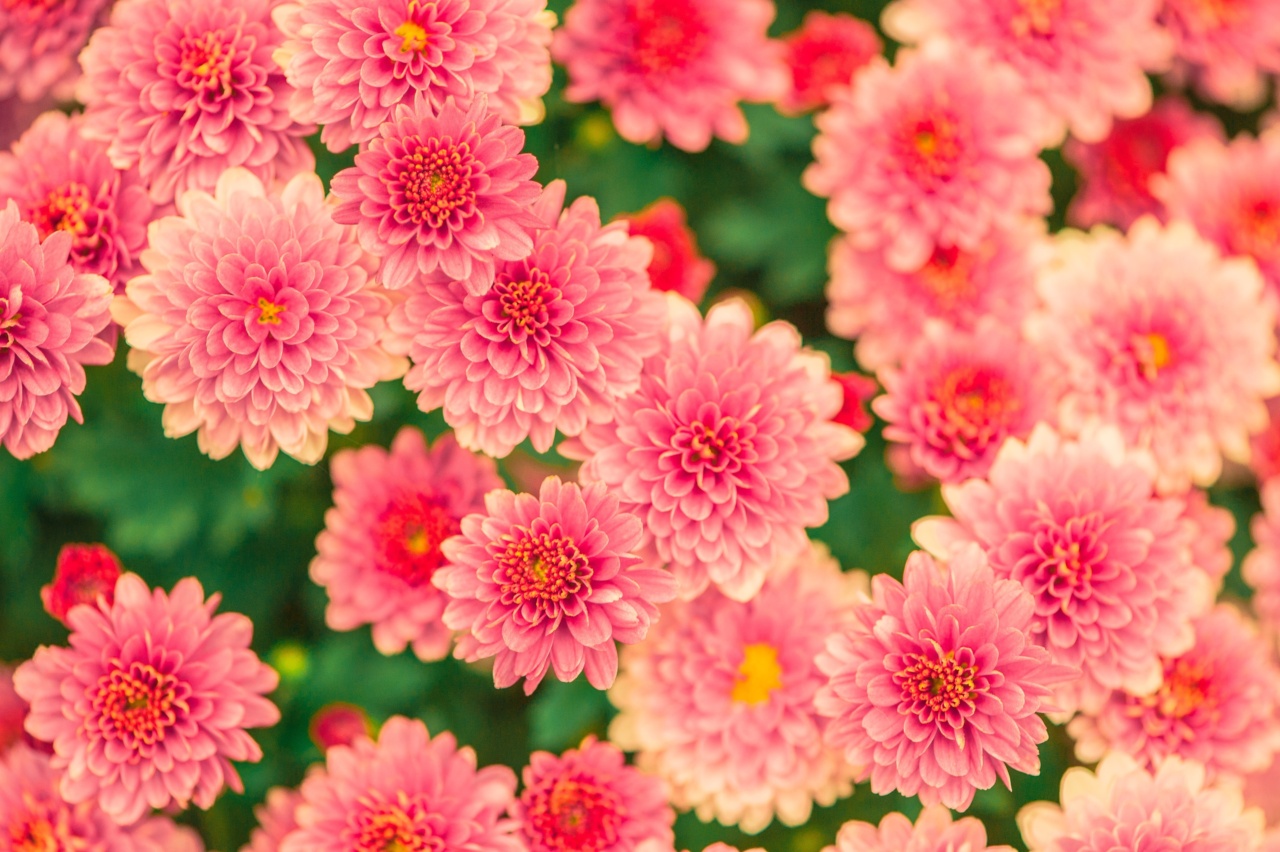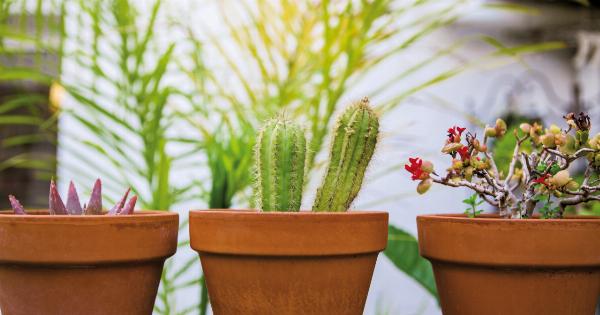In today’s polluted and hectic world, it is becoming increasingly important to take care of our respiratory health. One great way to do so is by introducing lung-loving plants into our homes and offices.
These plants not only purify the air but also provide numerous other benefits. In this article, we will explore the top lung-loving plants and the reasons why you should consider adding them to your indoor environment.
1. Snake Plant
The Snake Plant, also known as Sansevieria or Mother-in-law’s Tongue, is an excellent choice for improving indoor air quality. This plant has the ability to convert carbon dioxide into oxygen at night, making it a perfect bedroom companion.
Furthermore, it filters out toxins such as benzene, formaldehyde, xylene, and trichloroethylene. The Snake Plant has a unique ability to thrive in low light and requires minimal maintenance, making it a popular choice for many households.
2. Peace Lily
If you are looking for a beautiful flowering plant that also works wonders for your lungs, the Peace Lily is the perfect choice. This plant removes harmful indoor pollutants such as ammonia, benzene, formaldehyde, and trichloroethylene.
Additionally, the Peace Lily increases humidity, creating a more pleasant and healthier indoor environment. It is also known for its ability to eliminate mold spores, making it a great plant for individuals with allergies or respiratory issues.
3. Aloe Vera
Aloe Vera is a versatile plant that offers a wide range of health benefits. Not only is it great for healing cuts and burns, but it also purifies the air by eliminating harmful chemicals like formaldehyde and benzene.
Aloe Vera releases oxygen at night, making it an ideal plant for bedrooms to improve air quality while you sleep. Additionally, this plant is easy to grow and requires minimal upkeep, making it a popular choice for both experienced and novice gardeners.
4. Boston Fern
The Boston Fern is an elegant and lush plant that is highly effective at filtering indoor air pollutants.
It is known for its ability to remove formaldehyde, xylene, and benzene from the air, making it a great choice for individuals with respiratory issues. Boston Ferns thrive in high humidity and release moisture into the air, which can be beneficial for those living in dry environments.
These plants require a bit more care compared to some other lung-loving plants, but the effort is worth it for the air-purifying benefits they provide.
5. Spider Plant
The Spider Plant is a popular choice for those looking to improve indoor air quality. It effectively removes toxins such as formaldehyde and xylene from the air, making it a great plant for offices or other places with high levels of these chemicals.
Spider Plants are also incredibly adaptable and can thrive in various light conditions. They produce offshoots called “spiderettes” that can be easily propagated, making it a great gift plant to share the lung-loving benefits with others.
6. Dracaena
Dracaena plants come in various species, all of which are known for their air-purifying properties. These plants effectively filter out chemicals such as benzene, formaldehyde, trichloroethylene, and xylene.
Dracaenas are relatively low-maintenance plants that can adapt to different light conditions. Their beautiful foliage adds a touch of tropical elegance to any indoor space, making them popular choices for both homes and offices.
7. English Ivy
English Ivy is not only a visually appealing plant but also an excellent air purifier. It has been shown to reduce airborne mold particles, making it beneficial for individuals with asthma or allergies.
English Ivy also filters out formaldehyde, benzene, and xylene, making it a great addition to any indoor space. It is a climbing plant that can be grown in hanging baskets or trained to grow on walls or trellises.
8. Chinese Evergreen
The Chinese Evergreen is a great choice for those new to indoor gardening or lacking green thumbs. This plant is extremely forgiving and can tolerate various light conditions and temperature ranges.
It removes toxins such as benzene and formaldehyde from the air. The Chinese Evergreen also adds a touch of vibrancy to any room with its striking variegated foliage, making it an aesthetically pleasing choice.
9. Areca Palm
The Areca Palm, also known as the Butterfly Palm, is a stunning plant that offers numerous benefits to your respiratory health. It effectively removes toxins like formaldehyde, xylene, and toluene from the air.
The Areca Palm also acts as a natural humidifier, releasing moisture into the air and helping to alleviate dry skin and respiratory symptoms. This plant requires bright, indirect light to thrive and can become quite large, so it’s important to give it ample space.
10. Rubber Plant
The Rubber Plant, also known as Ficus elastica, is not only a visually appealing plant but also an excellent air purifier.
It removes harmful pollutants like formaldehyde, benzene, and trichloroethylene from the air, making it a great addition to any indoor environment. The Rubber Plant is relatively easy to care for and can tolerate low-light conditions, making it a popular choice for those seeking a low-maintenance lung-loving plant.
In conclusion
Introducing lung-loving plants into your indoor environment is a simple yet effective way to improve air quality and promote respiratory health.
The Snake Plant, Peace Lily, Aloe Vera, Boston Fern, Spider Plant, Dracaena, English Ivy, Chinese Evergreen, Areca Palm, and Rubber Plant are just a few of the many options available. Each of these plants offers unique benefits and adds beauty to your living or working space. So why not bring a piece of nature inside and create a healthier environment for you and your loved ones?.


























